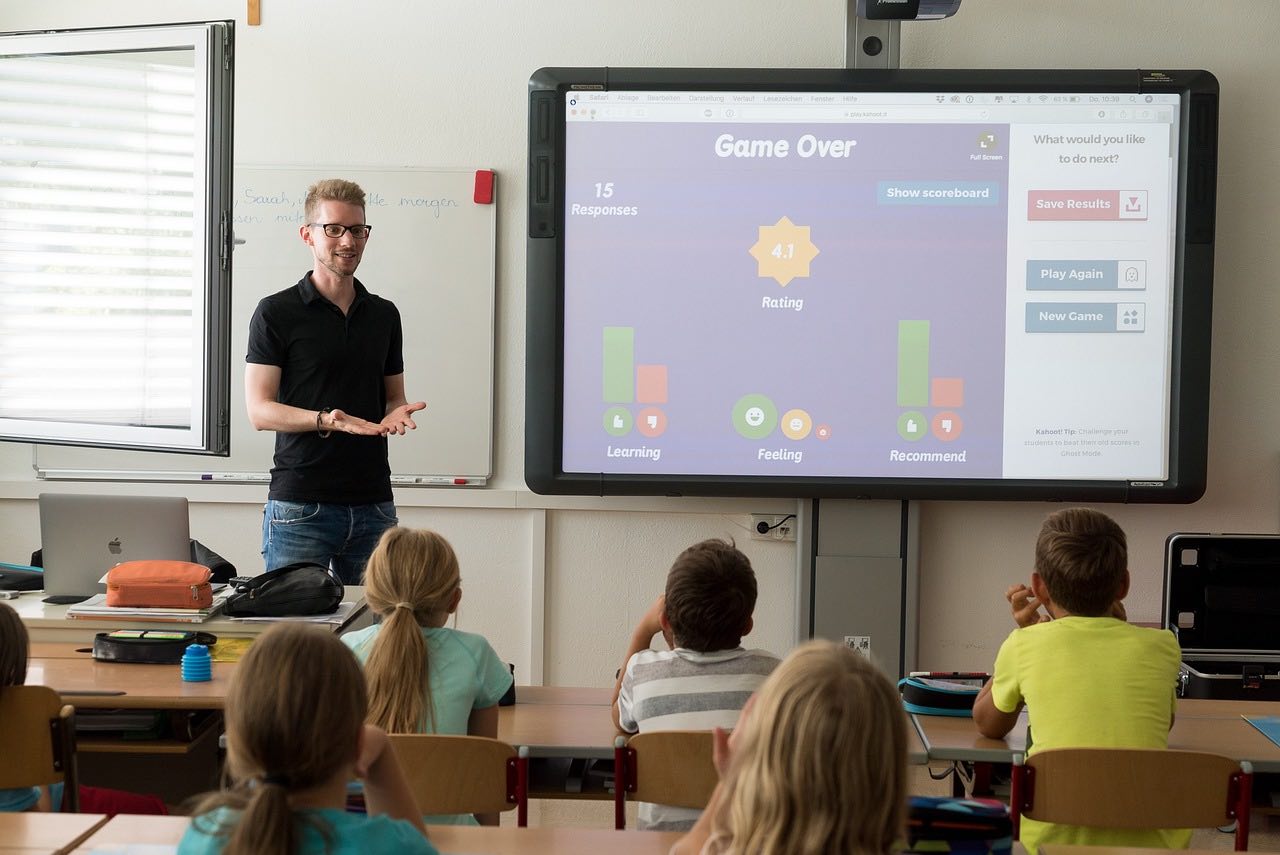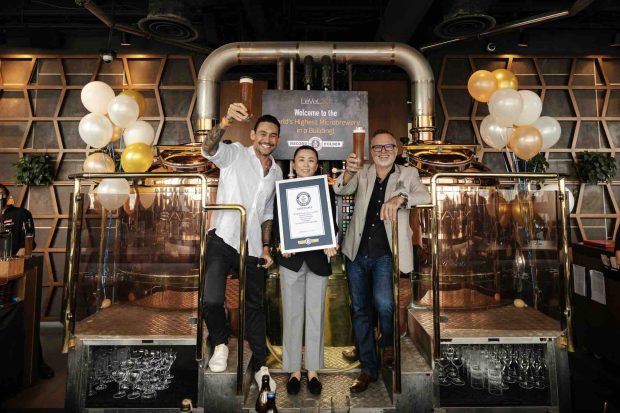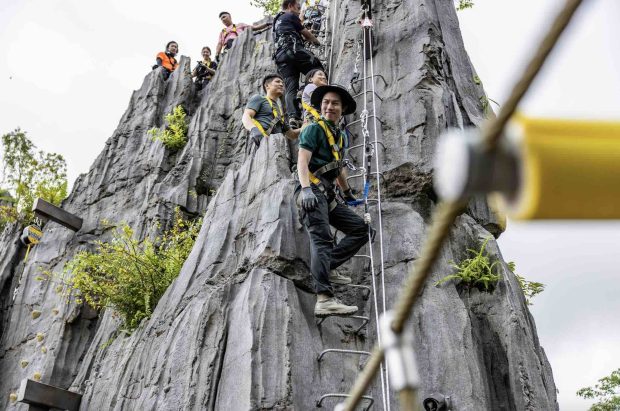Singapore is known around the world as a city-state with one of the most highly developed economies in the world. It is an investor’s sanctuary, filled with business-minded people who take initiative. For this reason, Singapore enjoys low tax rates with high purchasing power, a GDP per capita growth of 3.6% due to a focus on sectors like real estate, banking, and infrastructure. When we look at how Singapore is able to accomplish all of these things and still improve on all of its strengths, it leads up to one thing: a focus on education.
A study conducted by the Programme for International Student Assessment (PISA) ranked Singapore as the top in global education for having the highest number of students who qualify the global academic standards. The IB schools in Singapore all use highly renowned frameworks, delivering quality education using the right media. This is why most, if not all, the students in Singapore have mastered critical thought, creative thinking, and an acceptance of differing worldviews.
Here we will explore the Singapore model of education and how it can be used by educational institutions around the world.
Holistic approach
Singapore schools believe that by providing a well-rounded, values-based approach in teaching, they are able to help students understand the world applications of the lessons taught in class. Instead of sticking to classroom discussions, lessons are nitpicked and analysed through collaborative learning with peers, cultural trips, athletic events, nature tours, and more. A focus on forming relationships with people in society are also given weight in this a holistic education framework.
It is the hope of the schools to teach students that beyond the classroom, the values of compassion, respect, care, and camaraderies are the most vital in progress. But they also want the students to have fun while they are synthesising classroom lectures with application.
Indeed, this model is a move away from the traditional way of teaching. However, its focus on engaging the students’ minds instead of nonchalantly dumping information on them encourages a love for lifelong learning — an important part of development if we are to produce students who will continuously work to better society.
Multiculturalism and bilingualism
Singapore, much like its Asian neighbours, is a melting pot of different cultures. People are not afraid to speak in their mother tongues, whether these are English or Chinese and Malay dialects. As a result, Singapore schools have incorporated the multilingual policy which will require students to master English and their native tongue.
Other than the global advantage of being multilingual, it allows the students to connect with people with whom they share a language with. Not to mention, being exposed to different cultures allows appreciating the differences that make each one unique and respect it.
Understand that Singapore’s current educational system took years of refinement and is still undergoing improvements today. It takes careful observation of what the students need to help improve their well-being as well as the needs of society as it changes over time to be able to create a system that has the potential to produce students which will change the world at large.







